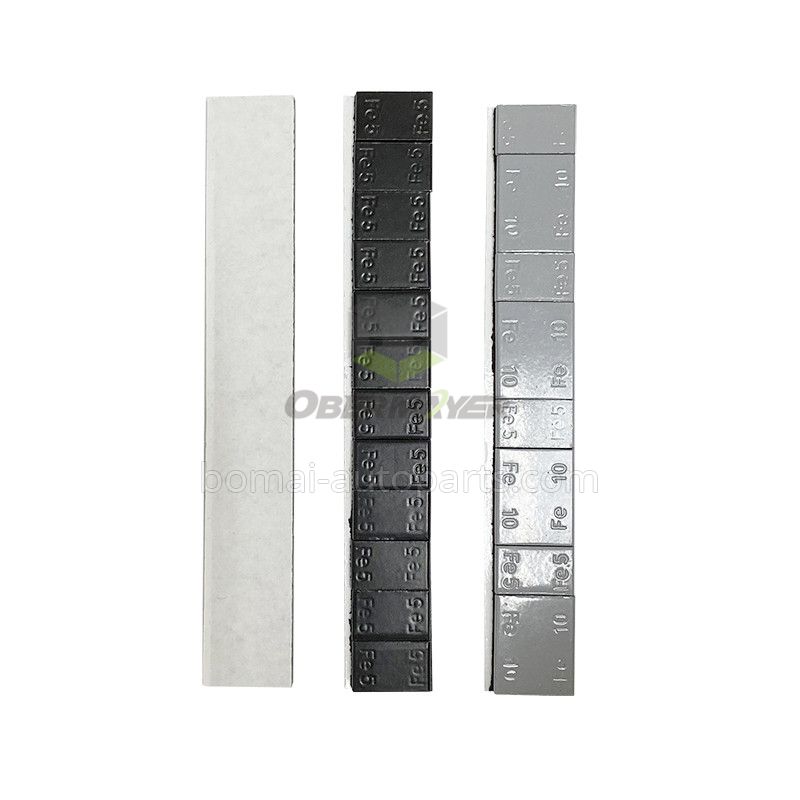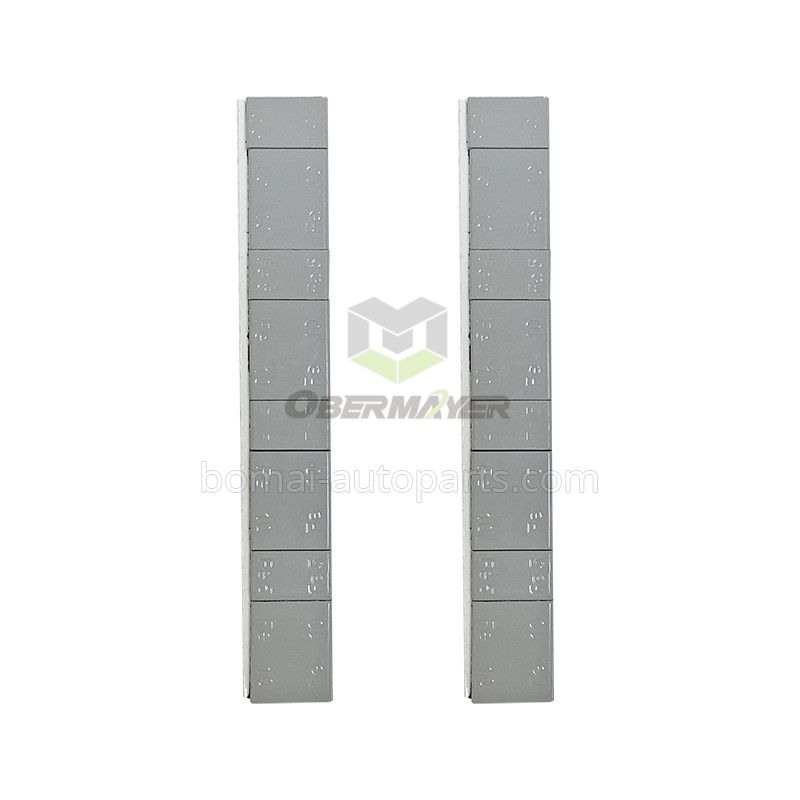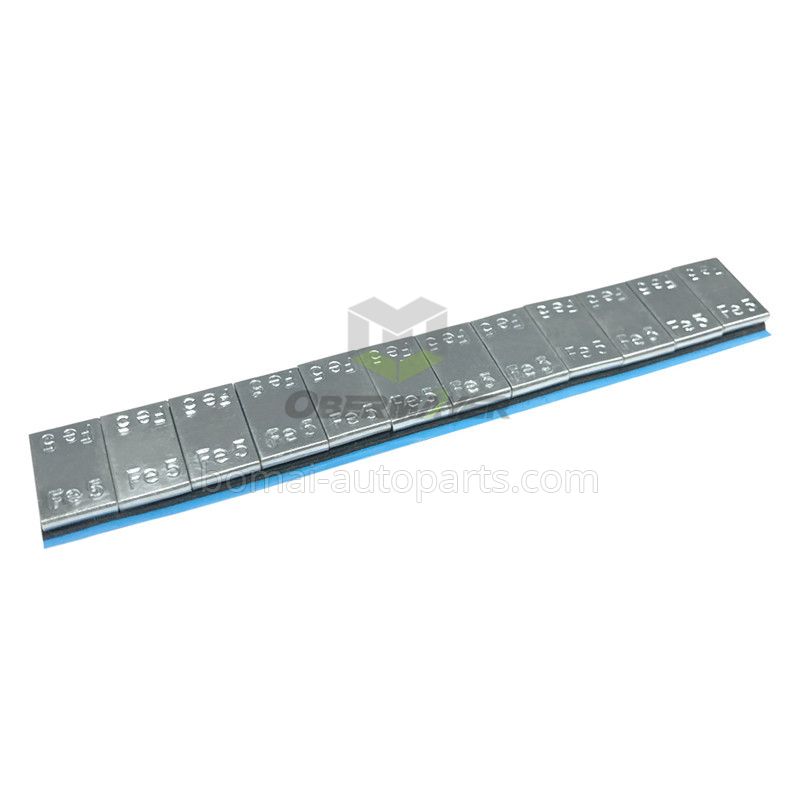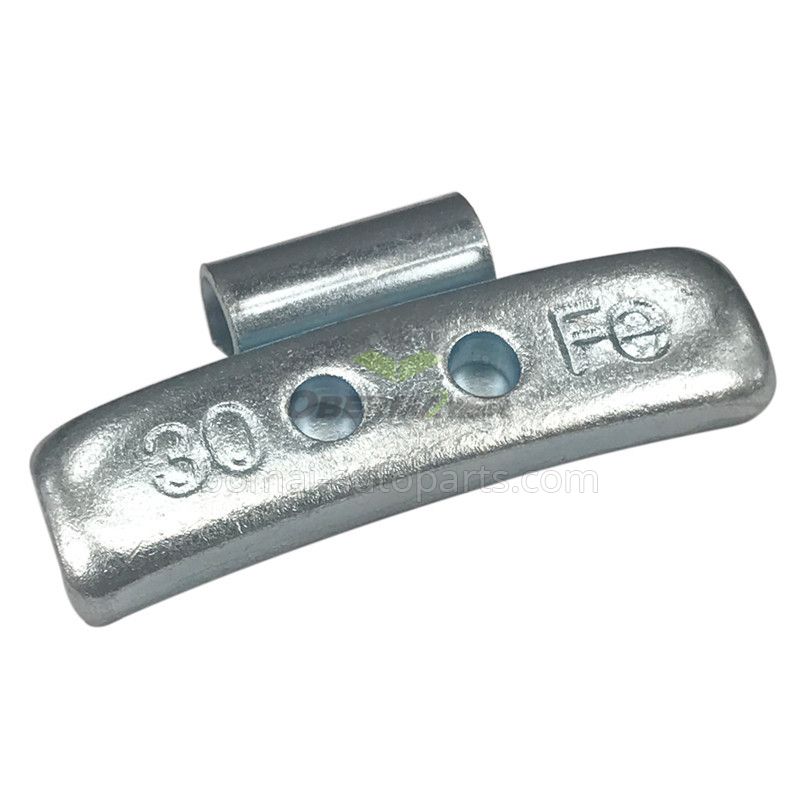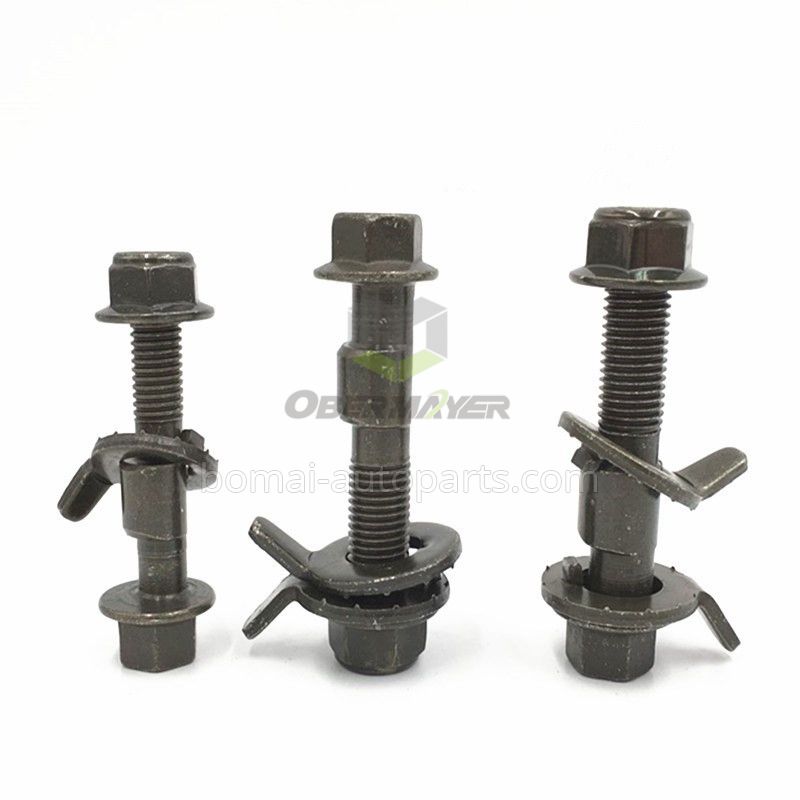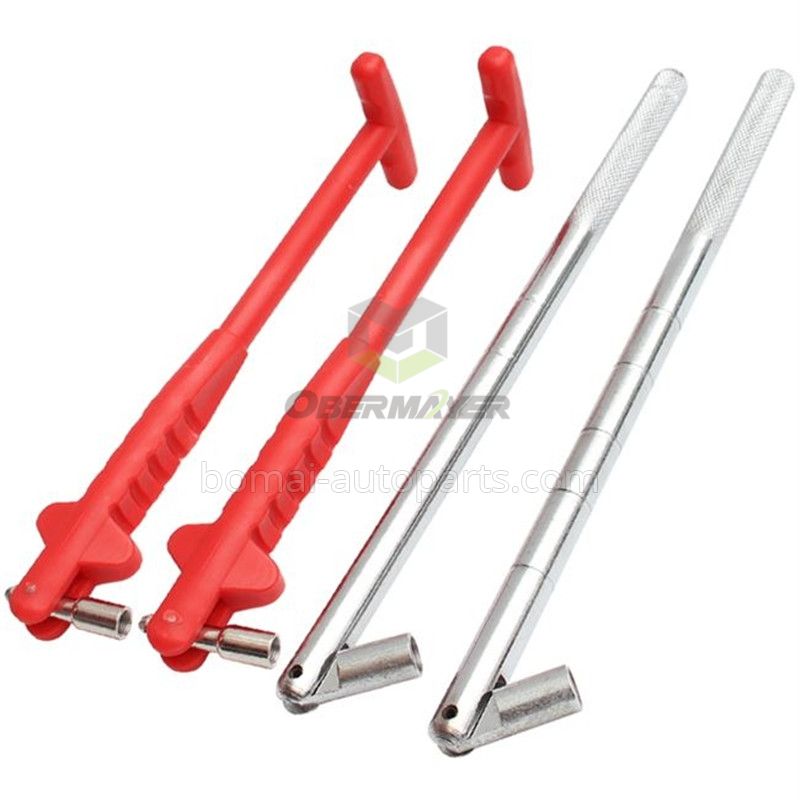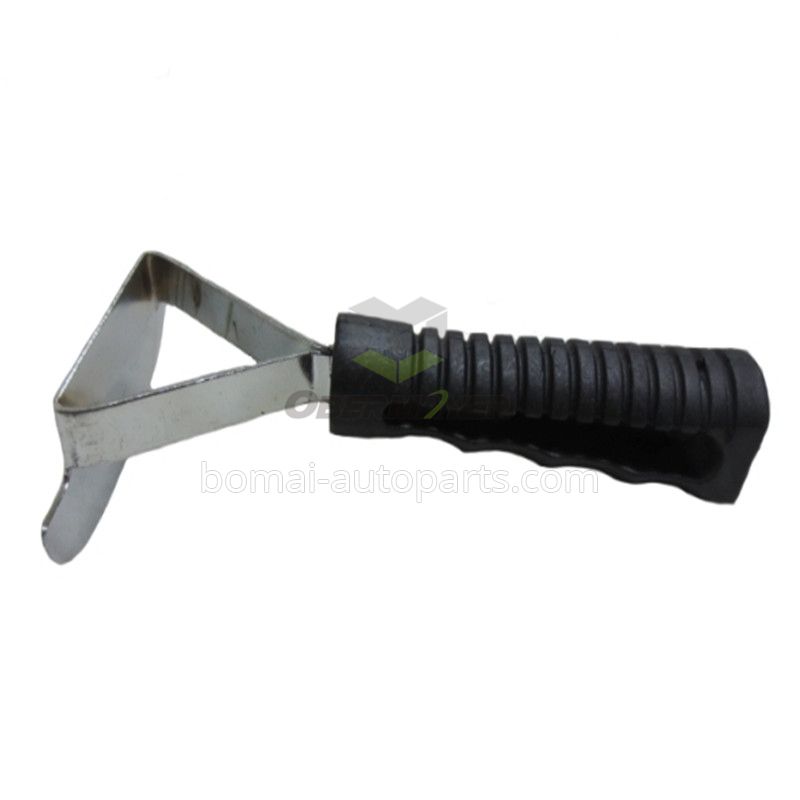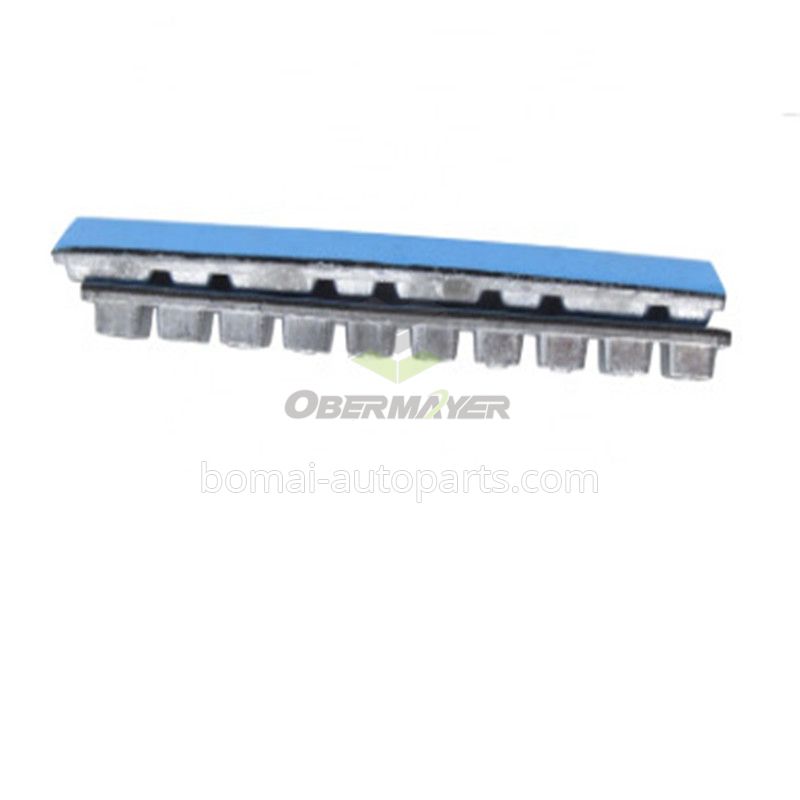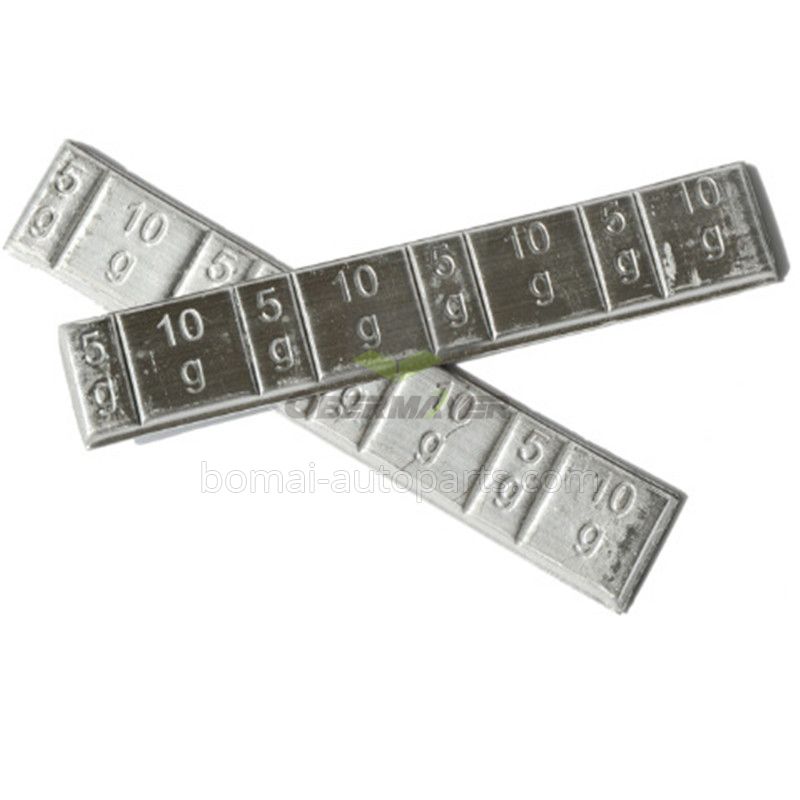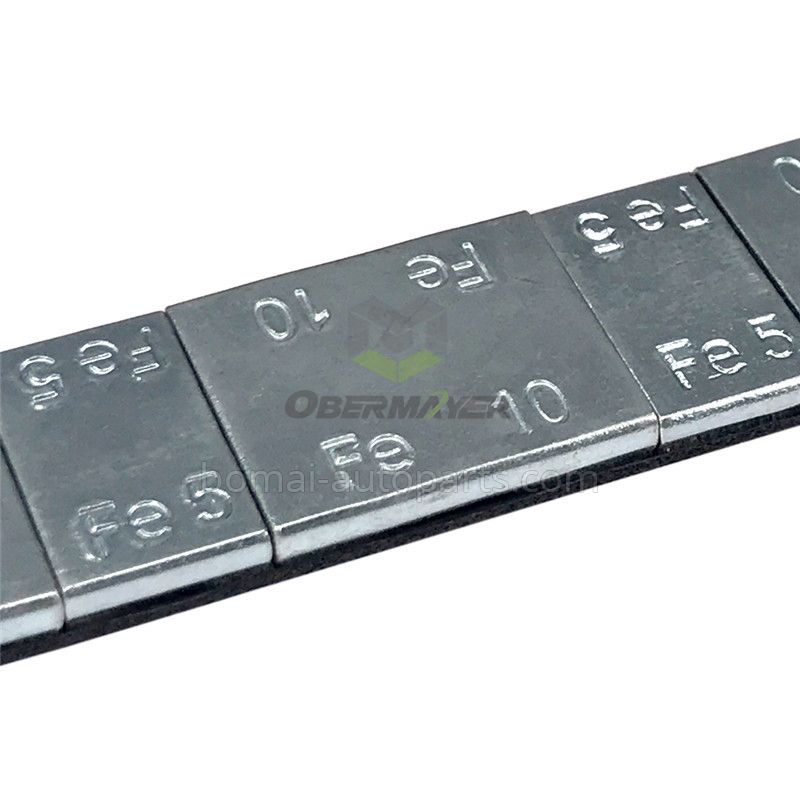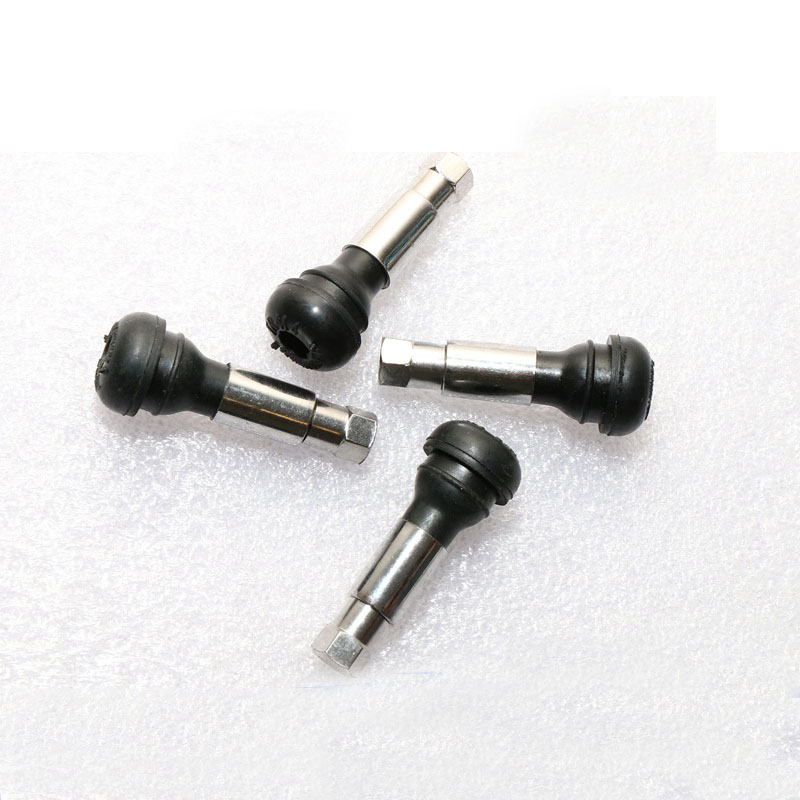Your car's tires play a key role in keeping your vehicle safe. If its tires are poorly maintained, a car will have a hard time maintaining traction on the road. Adequate traction is essential if you want to remain in control of your vehicle when you're behind the wheel.
WHAT IS A TIRE ROTATION?
Your car's tires play a key role in keeping your vehicle safe. If its tires are poorly maintained, a car will have a hard time maintaining traction on the road. Adequate traction is essential if you want to remain in control of your vehicle when you're behind the wheel.
A tire rotation can help protect the health of your tires. Keeping your tires cared for in this way can optimize your car's safety and fuel efficiency. What is this service all about, and how often does it need to be performed? Let's take a closer look.
What Is a Tire Rotation?
You have four wheels on your vehicle, and that means you have four tires: a front right tire, a front left tire, a rear right tire, and a rear left tire. Tire rotation is the practice of periodically changing the position of each of these tires. For example, that means you may choose to have the front right and rear right tires switch places.
During a tire rotation, a service technician will also check the health of your tires. The tread depth of all four tires will be evaluated. Additionally, the technician will look at the inflation pressure of your tires. And each tire will be visually inspected for potential problems and hazards.
Why Is Tire Rotation Important?
Tire rotation is important because it helps maximize the tread life of your car's tires. Why is this so? This occurs because tire rotation helps ensure that wear is spread more evenly across all four tires.
The portion of your car's tire that makes contact with the road is covered with tread. The position of the tire determines which section of the tread gets the most wear.
For example, a car's front tires turn to the left or right when you twist the steering wheel, while the rear tires remain positioned straight ahead. Because of their location, the front tires are likely to see a lot of tread wear that's specifically related to turning; the rear tires won't have this issue.
If a car has power sent to its front wheels, this is yet another reason why the front tires may experience more wear than the tires in the back. In cars like this, the front tires are on the drive axle. Being located on this axle puts stress on the tires and can create excessive wear.
If the wear on a tire is uneven, it will shorten the life of the tire. By periodically shifting the position of the tires, tire rotation can help make sure tread wear is consistently distributed. This can ultimately help make your tires last longer than they otherwise would.
How Long Does a Tire Rotation Take?
A tire rotation generally takes around 15-30 minutes. However, it's typically bundled with other services, and it can sometimes take up to 45 minutes for all these services to be performed.
Tire Rotation Patterns
When rotating tires, you don't just randomly move a tire from one wheel to the next; there are specific patterns that govern how the process is handled. These are known as tire rotation patterns. Typically, the tire rotation pattern for an all-wheel-drive (AWD) vehicle will be different from the pattern for a vehicle that has power sent solely to its front or rear wheels.
Let's take a closer look at how rotation patterns vary among different types of vehicles:
AWD tire rotation pattern: For an AWD vehicle with standard tires, the Tire Industry Association recommends a "Double X" pattern. With this pattern, the right front tire trades places with the left rear tire. And the left front tire trades places with the right rear tire.
Front-wheel-drive tire rotation pattern: With a front-wheel-drive (FWD) vehicle, the general rule is to rotate the front tires straight back to the rear. The rear tires are typically crossed to the front.
Rear-wheel-drive tire rotation pattern: What if your car has power sent to the rear wheels? For rear-wheel-drive (RWD) cars, the rear tires are usually rotated straight to the front. The front tires are crossed to the rear axle.
How Often Should Tires Be Rotated?
Regular tire rotation helps keep your tires in fighting shape. So, how often should tires be rotated? The answer depends on whether your vehicle is AWD, FWD, or RWD.
How often to rotate tires (AWD): If you have an AWD vehicle, it's a good idea to rotate your tires every 3,000-5,000 miles.
When to rotate tires (FWD and RWD): With FWD and RWD vehicles, tire rotation is recommended every 5,000-7,500 miles.
Bottom Line
If you've ever lost control of your vehicle on a slick road, you know the importance of proper traction. Regular tire rotation can help give your car the traction it needs to keep you safe when you're on the road. This service can also help make sure your tires have the longest life possible.




